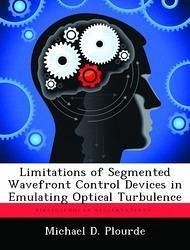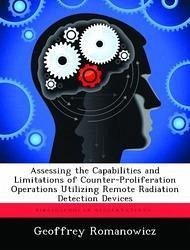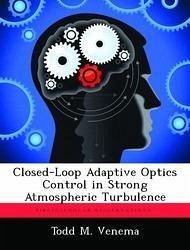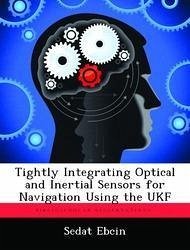Nicht lieferbar

Limitations of Segmented Wavefront Control Devices in Emulating Optical Turbulence
Versandkostenfrei!
Nicht lieferbar
Using a device to act as a surrogate for atmospheric turbulence in a laboratory is necessary to build and test optical systems for imaging, lidar, laser weapons, and laser communications. Liquid-crystal spatial light modulators (LC SLMs) and segmented micro-electro-mechanical-system (MEMS) deformable mirrors (DMs) are commonly used devices for altering wavefronts in order to simulate a portion of atmospheric turbulence. The best location of these devices was theoretically analyzed to obtain the broadest possible range of atmospheric conditions. It was revealed that a layered model for atmosphe...
Using a device to act as a surrogate for atmospheric turbulence in a laboratory is necessary to build and test optical systems for imaging, lidar, laser weapons, and laser communications. Liquid-crystal spatial light modulators (LC SLMs) and segmented micro-electro-mechanical-system (MEMS) deformable mirrors (DMs) are commonly used devices for altering wavefronts in order to simulate a portion of atmospheric turbulence. The best location of these devices was theoretically analyzed to obtain the broadest possible range of atmospheric conditions. It was revealed that a layered model for atmospheric turbulence strength can be represented by the atmospheric coherence diameter that a single segmented wavefront control device can produce. The limitations of pixelation effects on a segmented wavefront control device were investigated theoretically. The results of this analysis were then confirmed in simulation. The performance capabilities of several available commercial devices are better understood as a result of this research.











